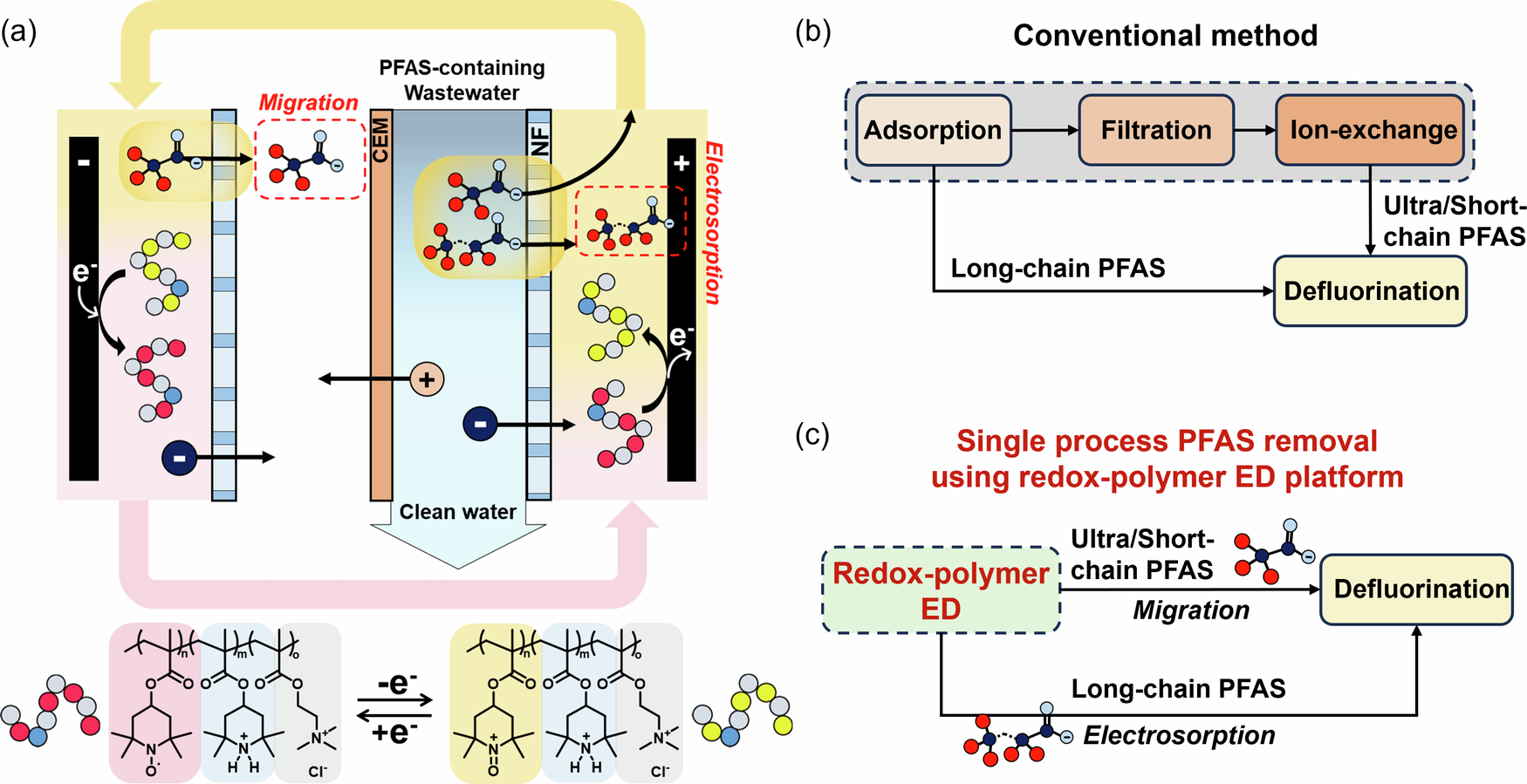2024-11-05 英国・プリマス大学
<関連情報>
- https://www.plymouth.ac.uk/news/bio-based-fibres-could-pose-greater-threat-to-the-environment-than-conventional-plastics
- https://pubs.acs.org/doi/10.1021/acs.est.4c05856
バイオベースマイクロファイバーは従来のプラスチックマイクロファイバーよりも有害性が低いか?ミミズからの証拠 Are Biobased Microfibers Less Harmful than Conventional Plastic Microfibers: Evidence from Earthworms
W. Courtene-Jones,F. De Falco,F. Burgevin,R. D. Handy,R. C. Thompson
Environmental Science & Technology Published: November 5, 2024
DOI:https://doi.org/10.1021/acs.est.4c05856
Abstract

Biobased plastics are sometimes promoted as “environmentally friendly” compared to their conventional petrochemical-based counterparts, but their ecotoxicity is only partially understood. Biobased fibers are widely used in clothing and wet wipes and can accumulate in soils through the application of biosolid fertilizers. This study examined the lethal thresholds and sublethal toxicity of chemically characterized, additive-free, biobased (viscose and lyocell) compared to petrochemical-based (polyester) fibers on the key ecosystem engineer, Esenia fetida. Viscose and lyocell had LC20 values of 14.00 and 22.66 mg·L–1, respectively, and no observed effect concentrations (NOEC) of 0–2.8 mg·L–1 (72 h, OECD TG207 filter paper method), while for polyester these were LC20 15.6–31.3 mg·L–1 and NOEC 0–15.6 mg·L–1. Following 28 days of exposure to soils (OECD TG222) contaminated with environmentally relevant concentrations (100 mg kg–1), viscose significantly reduced the mass of progeny compared to polyester. Earthworms exposed to lyocell had a marginal growth reduction (−18%; compared to −11% to −13% in other treatments) linked to increased bioturbation activity. The biobased fibers examined here have greater acute toxicity at high concentrations and broadly similar sublethal effects on E. fetida compared to polyester. Our study highlights the importance of detailed testing before advocating specific materials as plastic alternatives/substitutes to conventional plastics.



